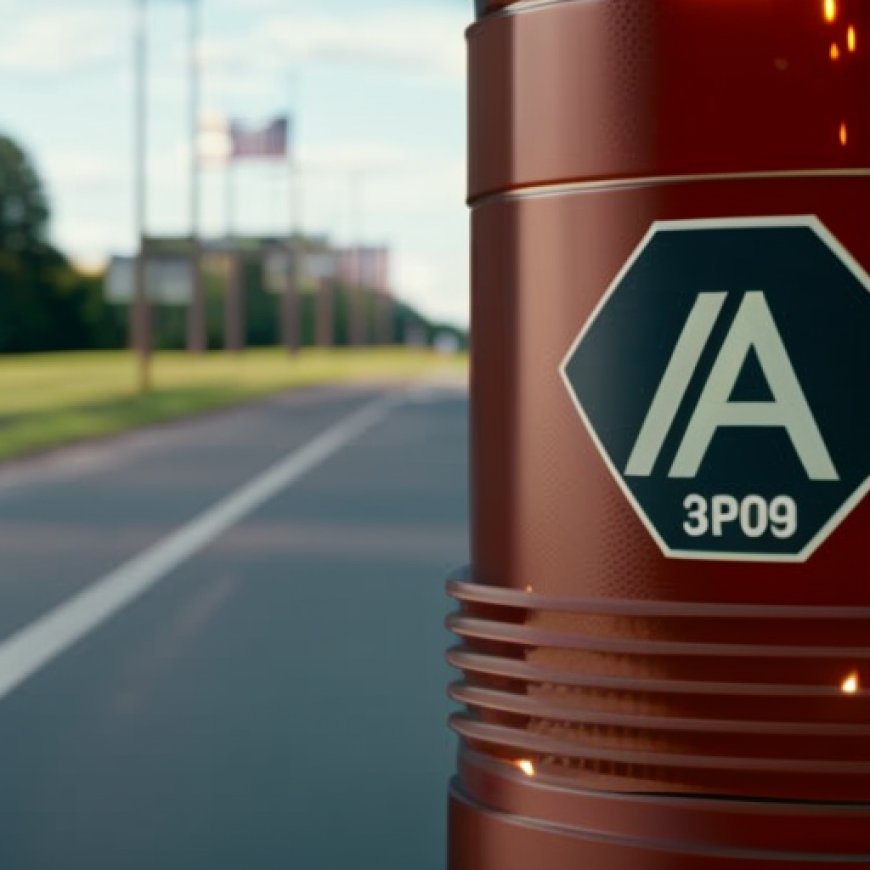New N.C. Regulatory Proposal Puts Burden of PFAS Clean-Up Costs on Polluters, Not Ratepayers
New N.C. Regulatory Proposal Puts Burden of PFAS Clean-Up ... Womble Bond Dickinson


Sustainable Development Goals (SDGs) and PFAS Contamination in North Carolina

Introduction
PFAS contamination in drinking water is currently facing increased regulatory scrutiny at both the federal and state levels in the United States. North Carolina is the latest state to take action, with Governor Roy Cooper and state lawmakers announcing plans to hold alleged polluters accountable for the costs of PFAS clean-up, rather than passing the burden onto water customers.
North Carolina House Bill 864
The proposed North Carolina House Bill 864 aims to empower the North Carolina Department of Environmental Quality (DEQ) to order responsible parties to cover the actual and necessary costs incurred by public water systems for removing, correcting, or mitigating adverse effects on the water supply caused by PFAS contamination. This bill has received bipartisan sponsorship in the House and is supported by Governor Cooper.
DEQ’s Plans for Regulatory Standards
The DEQ has presented its plans to draft rules governing regulatory standards for six PFAS compounds in groundwater and surface water. The agency intends to provide additional scientific evidence to support these standards in the coming months. Approval of these regulatory standards will be required from the state’s Environmental Management Commission.
Budget Allocation and Dedicated Team
Governor Cooper’s proposed budget includes an annual allocation of over $4 million to address PFAS contamination in drinking water. Additionally, the budget aims to establish a dedicated team within the DEQ to study water contamination issues, including those related to PFAS.
Persistent Nature of PFAS
PFAS, also known as “forever chemicals,” are commonly found in consumer products and used in various industrial processes. These chemicals do not naturally break down over time, hence their persistent presence in the environment.
Further Information
To learn more about North Carolina’s action strategy for PFAS regulation, you can read our earlier client alert here.
Conclusion
We will continue to monitor the progress of House Bill 864 and other developments related to PFAS contamination in North Carolina. For more information on these issues, please reach out to your Womble Bond Dickinson relationship attorney.
SDGs, Targets, and Indicators
| SDGs | Targets | Indicators |
|---|---|---|
| SDG 6: Clean Water and Sanitation | Target 6.3: Improve water quality by reducing pollution, eliminating dumping, and minimizing the release of hazardous chemicals and materials | Indicator not mentioned in the article |
| SDG 14: Life Below Water | Target 14.1: Prevent and significantly reduce marine pollution of all kinds, particularly from land-based activities, including marine debris and nutrient pollution | Indicator not mentioned in the article |
| SDG 15: Life on Land | Target 15.1: Ensure the conservation, restoration, and sustainable use of terrestrial and inland freshwater ecosystems and their services, in particular forests, wetlands, mountains, and drylands, in line with obligations under international agreements | Indicator not mentioned in the article |
1. Which SDGs are addressed or connected to the issues highlighted in the article?
- SDG 6: Clean Water and Sanitation
- SDG 14: Life Below Water
- SDG 15: Life on Land
The issues highlighted in the article are related to PFAS contamination in drinking water, which is connected to the goals of ensuring clean water and sanitation (SDG 6), preventing marine pollution (SDG 14), and conserving terrestrial and freshwater ecosystems (SDG 15).
2. What specific targets under those SDGs can be identified based on the article’s content?
- Target 6.3: Improve water quality by reducing pollution, eliminating dumping, and minimizing the release of hazardous chemicals and materials
- Target 14.1: Prevent and significantly reduce marine pollution of all kinds, particularly from land-based activities, including marine debris and nutrient pollution
- Target 15.1: Ensure the conservation, restoration, and sustainable use of terrestrial and inland freshwater ecosystems and their services, in particular forests, wetlands, mountains, and drylands, in line with obligations under international agreements
Based on the article’s content, the specific targets that can be identified are improving water quality by reducing PFAS contamination (Target 6.3), preventing marine pollution from PFAS compounds (Target 14.1), and ensuring the conservation and restoration of freshwater ecosystems affected by PFAS contamination (Target 15.1).
3. Are there any indicators mentioned or implied in the article that can be used to measure progress towards the identified targets?
No indicators are mentioned or implied in the article that can be used to measure progress towards the identified targets. The article focuses more on the actions being taken by North Carolina to address PFAS contamination rather than specific indicators for measuring progress.
Behold! This splendid article springs forth from the wellspring of knowledge, shaped by a wondrous proprietary AI technology that delved into a vast ocean of data, illuminating the path towards the Sustainable Development Goals. Remember that all rights are reserved by SDG Investors LLC, empowering us to champion progress together.
Source: womblebonddickinson.com

Join us, as fellow seekers of change, on a transformative journey at https://sdgtalks.ai/welcome, where you can become a member and actively contribute to shaping a brighter future.







